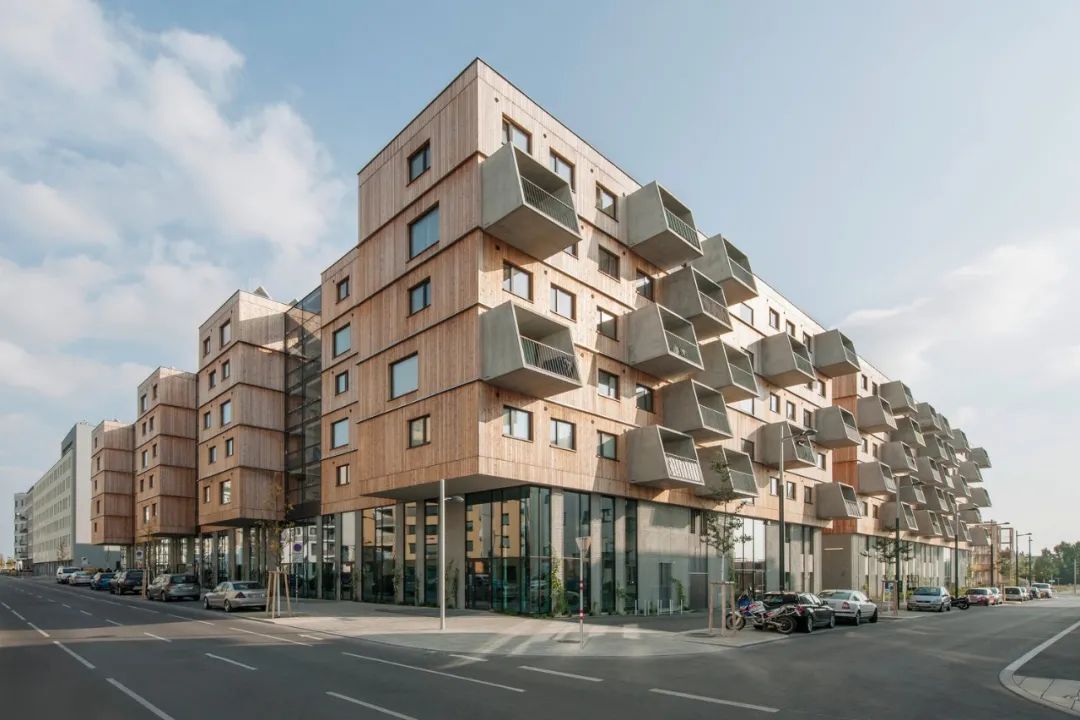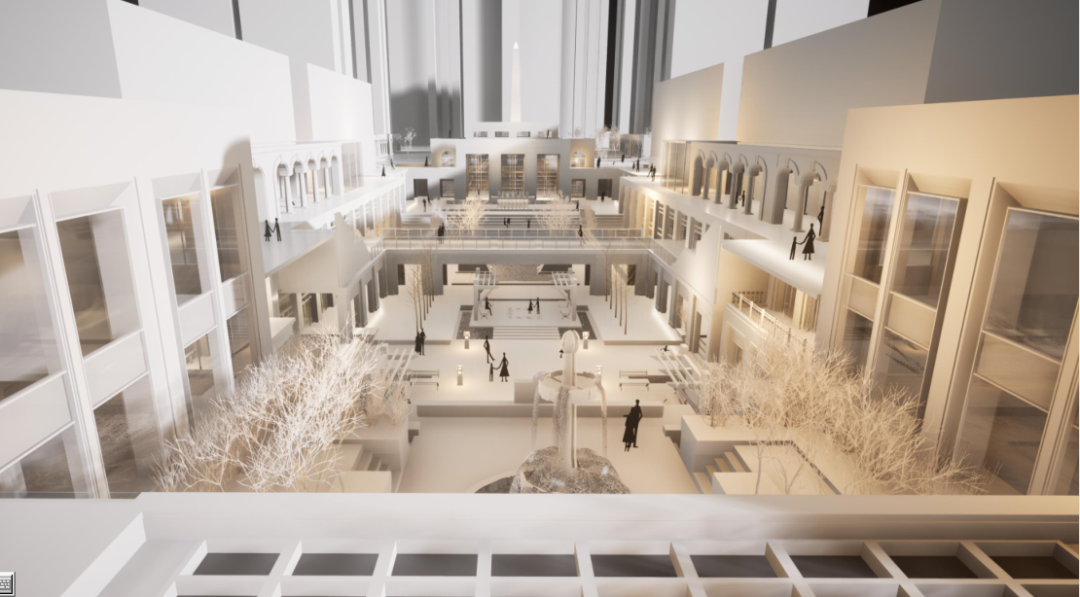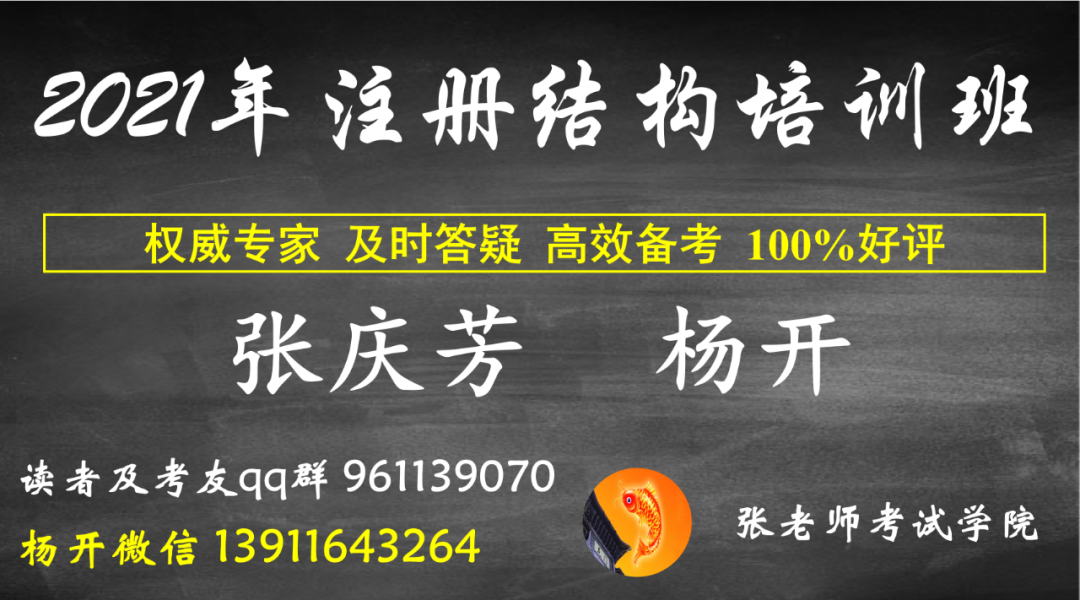In order to ensure the safe and economic operation of this independent power grid and the safe and economic operation of the large power grid composed of countless independent power grids, it needs this “new power system with new energy as the main body” with multiple functions such as energy storage, smart energy and market trading, Therefore, it forms a huge relevant market space for photoelectric building integration.
Although the scale of optoelectronic building integration market is huge, its non standardization and weak replicability have become investment difficulties.
In the future, the area of photoelectric building integration can be the roof or the whole building; The other is the related market of photoelectric building integration.
With the progress of technology and the decline of cost, the market space of photoelectric building integration can be expanded from the plane of the building to the facade, from the sunny side to the non sunny side, and from the coverage of glass materials to the coverage of all materials.
From the perspective of investment, only when there is certainty can it be replicated.
Why is the photoelectric building integration market the largest potential market? This is because in other photovoltaic application markets, the elements are relatively clear and the changes are relatively limited, and the market scale can be roughly calculated.
In the era of unified and centralized traditional energy, energy investment has prominent financial characteristics because of scale and standardization, simple business model and strong replicability.
BIPV is divided into transparent glass, non transparent glass, photovoltaic tile and other products from the perspective of products; BIPV is divided from the perspective of market segmentation.
Human cognition of photovoltaic industry and “building a new power system with new energy as the main body” progress with the progress of technology, and the market changes and expands with it.
In this sense, the maturity of this market is the successful date of the construction of “new power system with new energy as the main body”.
For example, photovoltaic power generation has a variety of application markets.
Investment needs scale and standardization.
The integrated optoelectronic building market is the most complex and representative market in this “system”.
The integrated photovoltaic building market is a market segment of the distributed photovoltaic power station market, which is formed by the combination of photovoltaic power generation and construction.
These problems are not solved, and the investment in optoelectronic building integration market is difficult to scale.
In the past, it was the world of state-owned capital; In the new energy era of decentralization, the investment in distributed photovoltaic power stations, especially the investment in optoelectronic building integration projects, is affected by different building forms, sunshine conditions and the needs of owners or users.
Because of the different combination forms, it can be subdivided into: the BIPV market where photovoltaic power generation materials are closely combined with buildings and become building materials, and the bapv market where photovoltaic panels are attached to the building surface.
How to realize the security, economy and tradability of “new power system with new energy as the main body” is still under discussion.
Accordingly, at present, a large number of state-owned capital will instantly flow into the distributed photovoltaic market “promoted by the whole county”, which is doomed to be unsuccessful, and it will be a chicken feather in the future.
This paper focuses on the BIPV market.
Therefore, the word “currently expressed” is used because photovoltaic power generation is a brand-new enterprise.
The current optoelectronic building integration market is still in the primary stage.
It comes from two aspects: one is that it is difficult to standardize the investment in the integrated photoelectric building market.
In the future, a building is not only a power consumption unit, but also a power generation and even output unit.
In the photoelectric building integration market, although the elements are relatively clear, they change greatly, and the market scale is expanding with the progress of technology, so it is difficult to calculate.
In the United States, where the distributed photovoltaic market and capital market are very mature, there is no particularly successful enterprise to prove it; On the other hand, the photoelectric building integration market is still developing.
At present, it is expressed that “mobile energy and a variety of consumer goods are the largest markets, but with the progress of technology and the decline of cost, Photovoltaic hydrogen production is becoming the largest market.
Its application market is developed and expanded with the progress of technology.
There is no standard answer to the problem discussed today..
Why is the photoelectric building integration market the most difficult potential market? This “difficulty” is difficult from the perspective of investment.
The same is true for the integrated photovoltaic building market, which is a typical market expanded with the progress of technology, and should be the largest and most difficult potential market for the photovoltaic industry.
At present, it is manifested in roof Market (Civil roof, commercial roof and public utility roof), glass curtain wall market and facility agriculture market; Because photovoltaic power generation must be combined with the power system, BIPV is divided from the perspective of power system.
At the beginning of 2021, the state proposed to “build a new power system with new energy as the main body”.
It is not only an integral part of the large power grid, but also an independent power grid system.
It is a popular investment direction.
Different from the traditional energy era, in the past, a building was only a power consumption unit.
In short, the content of today’s photoelectric building integration market is different from that of the future photoelectric building integration market, and the market space is different.
It is expanding in at least two directions: one is the photoelectric building integration market.
At present, BIPV includes photovoltaic hardware products that meet the needs of different application scenarios, hardware and software products that support the safe and economic operation of photovoltaic in the power system, and the power system composed of them.
——————————▼ the photovoltaic power generation application market is composed of three markets: large centralized photovoltaic power station, distributed photovoltaic power station and various applications of photovoltaic power generation.




